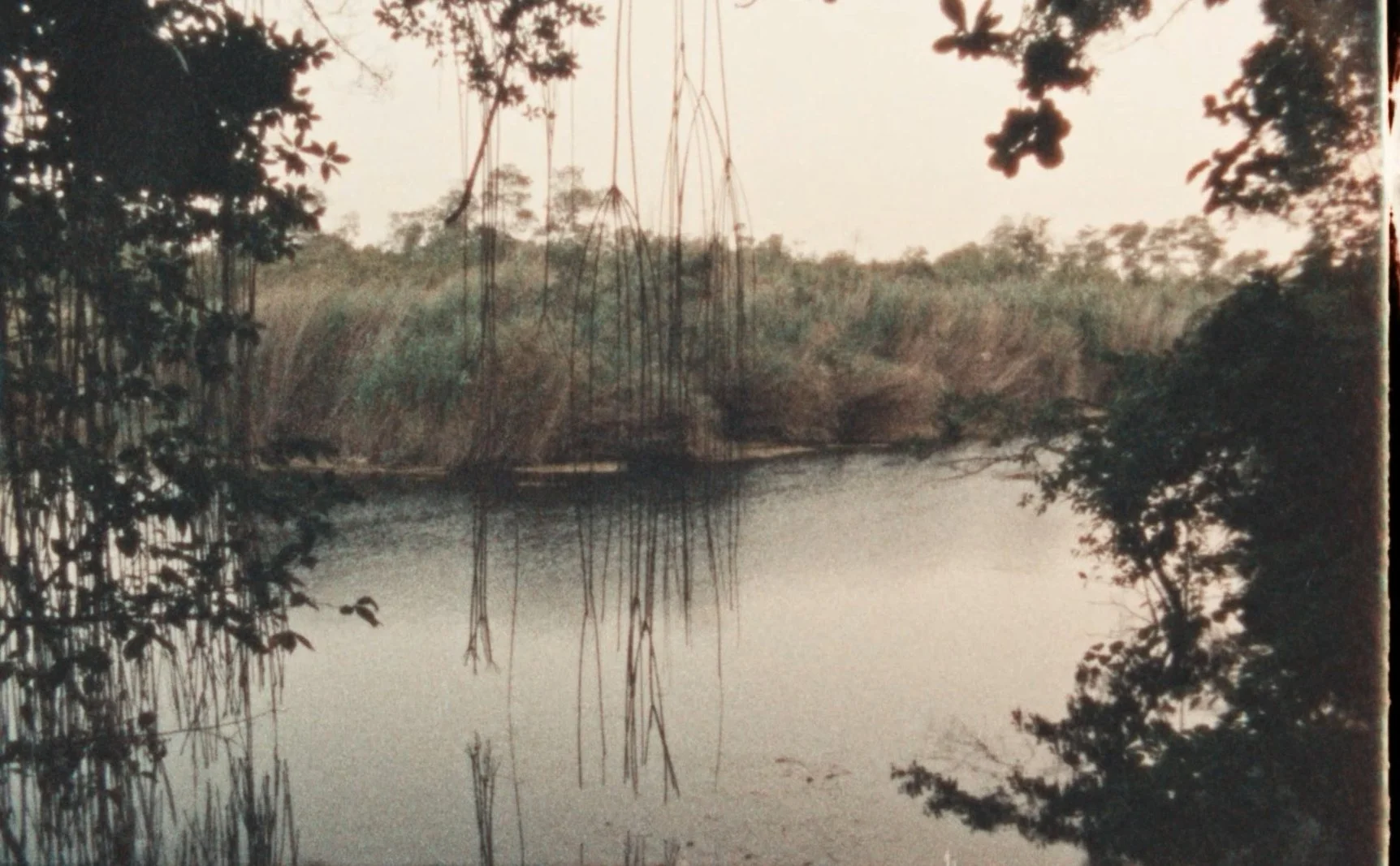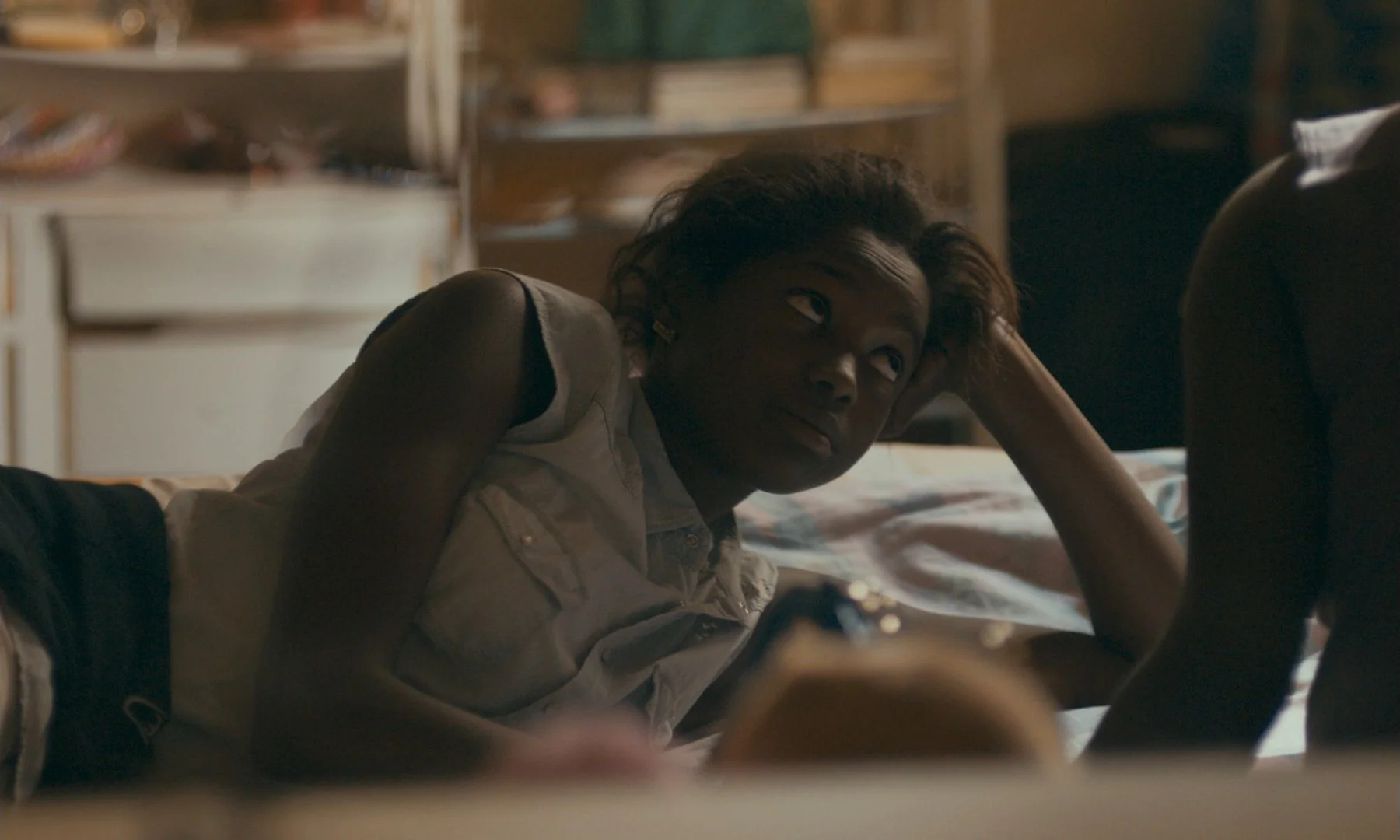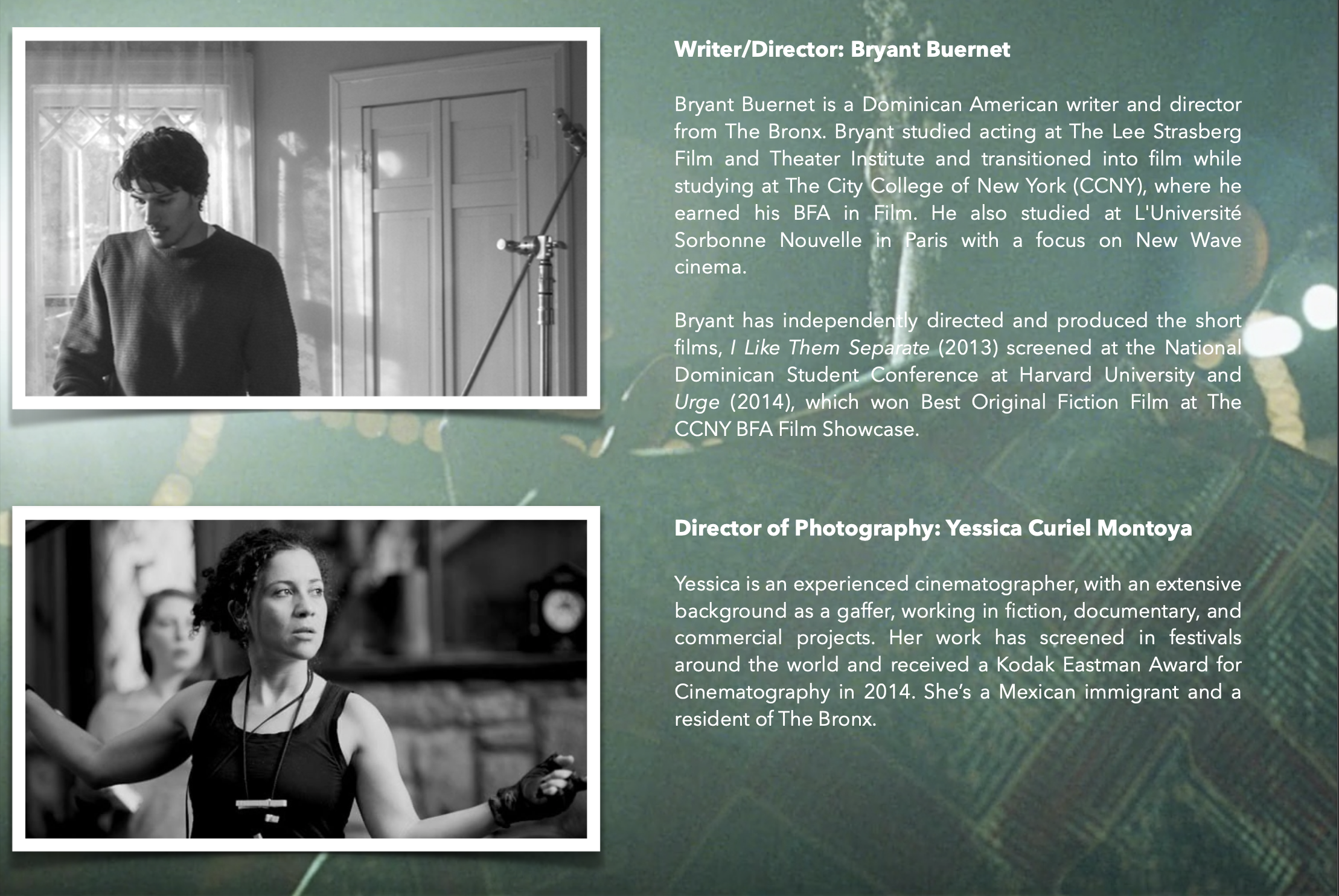a film by
Bryant Buernet
To live is to be willing to die over and over again
log line
In a sweltering backwater community in the Dominican Republic, a young woman’s existence is a tug-of-war between the island's suffocating embrace and her burning desire for freedom. Defying her mother’s control, she risks everything to go west, confronting their fragile bond and discovering her own courage.
synopsis
An impoverished workers' town pulses with the aching rhythms of bachata. Minerva stands engulfed by towering sugarcane—her life enclosed within its grasp. Her existence is a slow burn under the weight of her demanding mother, Altagracia. Her father, Pin, labors in the fields. Her brother, Juancito, drifts through life, evading his inner turmoil.
Pin’s death shatters their world. The prospect of eviction ignites Minerva’s desperation. The promise of a new life in New York City calls to her, a beacon of possibility amidst her mother’s warnings and their dwindling prospects.
Her mother’s warning echoes: "Nothing good comes from leaving home.”
In a courageous act of defiance, Minerva chooses the unknown over her mother’s oppressive control. She embarks on a perilous journey, risking everything for a chance to breathe freely.
Director’s notes
I discovered my mother’s childhood stories later in life. During our interviews, she struggled to conceal painful details—not about her roots, but about her departure from home. Her departure, laden with shame, still echoes in my own experiences of leaving home. The weight of breaking tradition, a tradition she defied before, still clings to me. Growing up, Bachata was my gauge for her hidden emotions. It spoke what she couldn’t. The unspoken words became my own—a way into her world and into myself. Originally known as amargue (having the blues), Bachata’s essence of longing, melancholy, and nostalgia pulses through the film. Moriviví is a film in the form of a bachata.
Bachata has been an invaluable bridge between my childhood in the Bronx and my family roots in the Dominican Republic—a connection between two worlds and a constant source of questioning and reflection. Through sound, this film urges a search for what it means to be human. In that search, bachata confronts a world that is seemingly set in its ways.
My mother’s deepest feelings and regrets remain unsaid, kept at arm's length. Yet, we continue to dance Bachata. In every dance, in every song, I see beyond the mother I know. Her bittersweet smile tells stories of a past that seems more bearable in memory.
Inspired by my Bronx upbringing and my mother’s perspective in the Batey, the film takes place in Batey Sabana—a dissonant refuge for the working class, much like the Bronx. It is a space where family tradition dictates law. I crafted this story to delve into my family’s history, unfolding in the rural towns of the Dominican Republic. It explores communities that enforce order with watchful eyes and murmured chatter, imposing a need for compliance that is seen and felt.
“Sé que no fui bueno contigo” (I know I wasn’t good to you.)
“Sé que maltraté tu inocencia” (I know I mistreated your innocence.)
“Y ahora lo pago caro” (And now I pay dearly.)
“Hay luto en mi corazón, desde que te marchaste tú” (There is mourning in my heart
since you left.)
__
Bryant Buernet
Bachata Lyrics, “Luto en Mi Corazón,” by Joe Veras
Characters
Theme & Tone
This film highlights the conflict between modern and traditional views, focusing on the protagonist's evolving identity versus her mother's fixed beliefs. It dramatizes struggles with gender, racism, and classism. It reflects the experiences of many who have faced forced migration.
Themes of the decline of filial piety, and dysfunctional family patterns are central to the story. Many of the frames are inspired by the expressionist paintings of Ernst Ludwig Kirchner. His images express psychological tension, loneliness, intimacy and despair.
The film is also influenced by the photography of André Kertész. His poetic, complex vision of everyday life, expressed through light and shadow, also influenced the visual style of the film.
Most importantly, the vibrant colors and pulsating rhythms unique to our island are at the core of the film's visual and tonal expressions.















